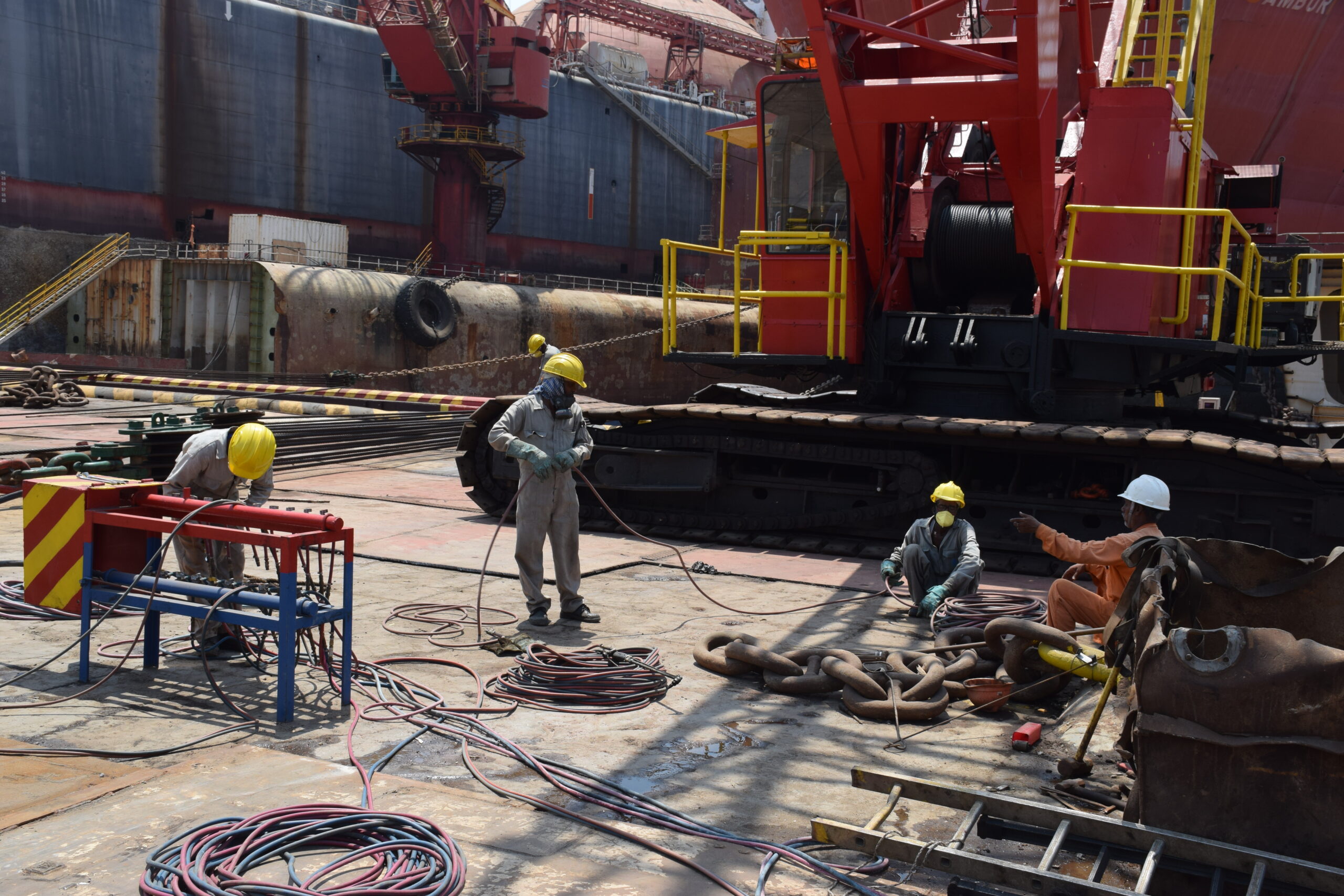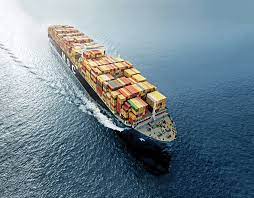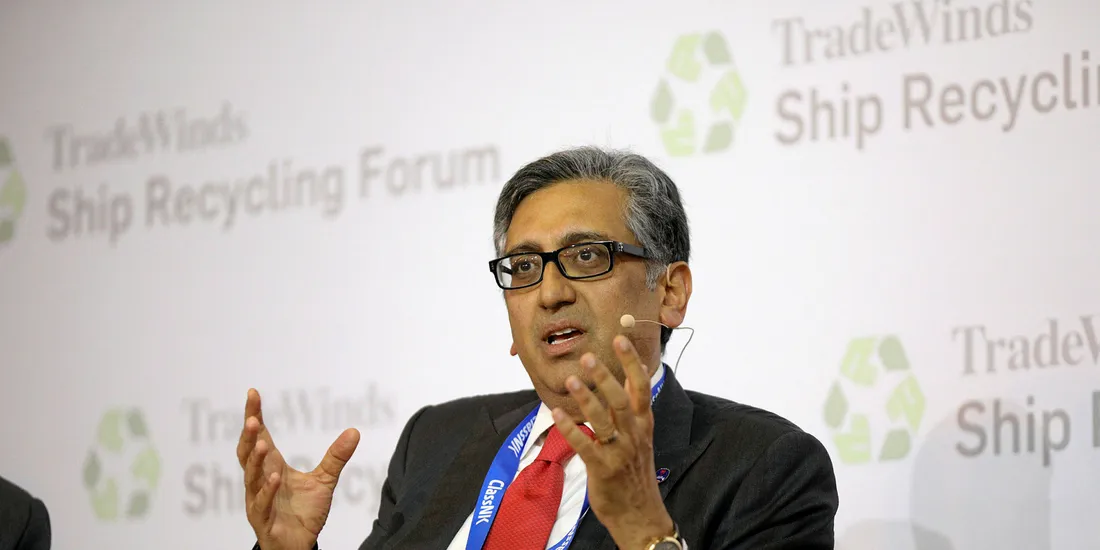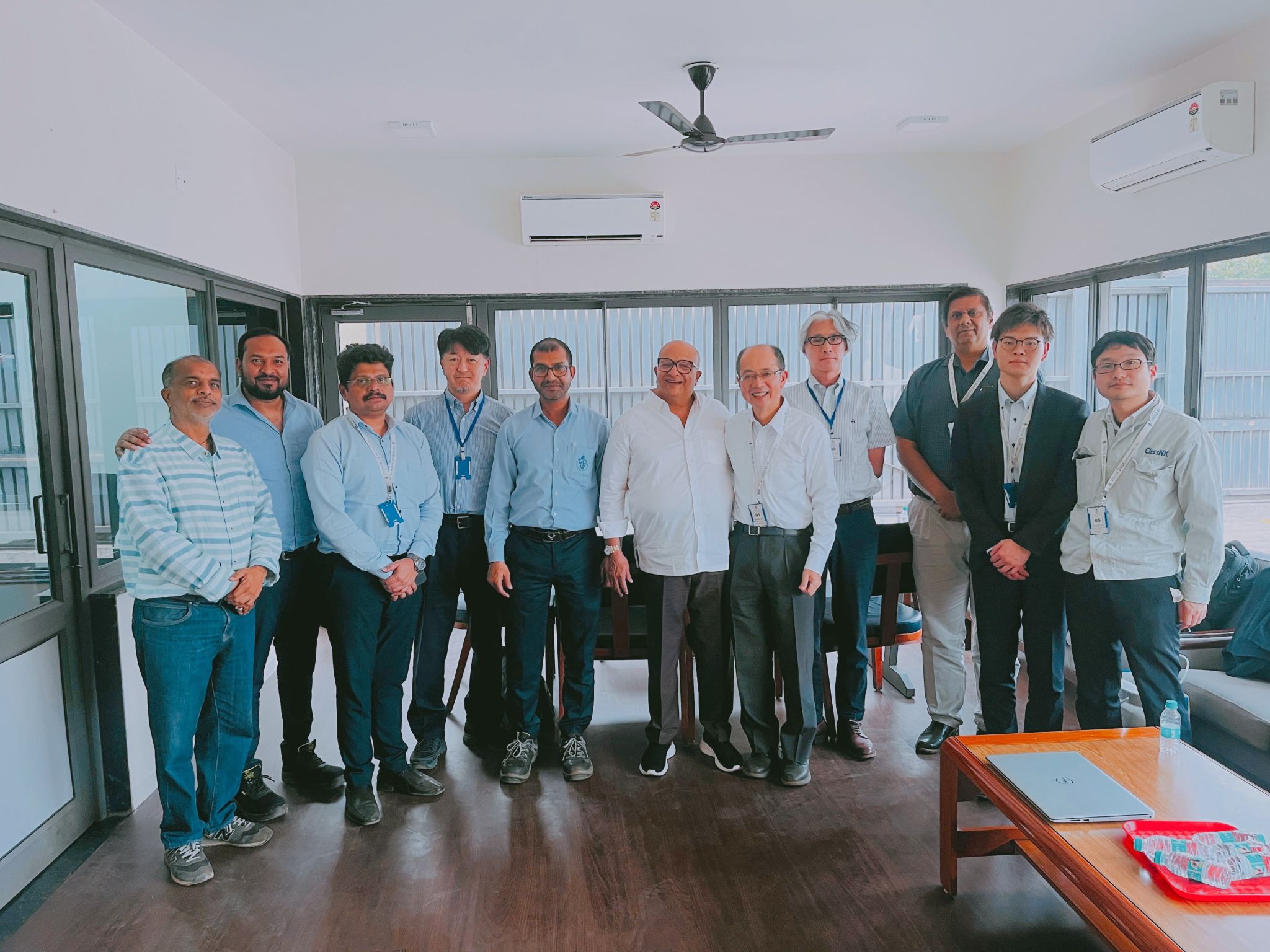KCC Edges Closer to Scrapping Three Older Ships as Markets Weaken
Klaveness Combination Carriers (KCC) is moving closer to scrapping three of its oldest vessels as weakening freight markets dampen the prospects of finding buyers. The Oslo-listed company, known for its innovative combination carriers, has been exploring options to offload the 72,600-dwt Barcarena and Banastar (both built in 2001) and the Bangor (built in 2002). However, a sluggish market has made securing deals for these ageing assets increasingly difficult.

With the arrival of three new 83,000-dwt combination carriers from Jiangsu New Yangzijiang shipyard in China slated for 2026, KCC will no longer require these older ships. The new vessels, part of the company’s ongoing fleet renewal strategy, are expected to improve fuel efficiency and reduce emissions, aligning with KCC’s long-term sustainability goals.
Fading Prospects in a Soft Market
Despite sustained efforts by KCC CEO Engebret Dahm to explore trading alternatives for the ageing Cabu vessels, the subdued freight market has severely limited the company’s options. A downturn in both the caustic soda and dry bulk segments—core trades for these ships—has further complicated efforts to secure deals.
“We are evaluating all possible options for these vessels, including sale and recycling,” Dahm said in a recent statement. “However, given the current market conditions, securing a buyer at a reasonable price remains challenging.”
The declining demand for secondhand bulkers and combination carriers has been exacerbated by oversupply in the market, with many owners struggling to offload tonnage. Additionally, rising steel scrap prices may make scrapping a more financially attractive option for KCC than selling the ships at depressed values.
Strategic Renewal and Environmental Benefits
KCC’s fleet renewal program is a key part of its broader strategy to modernize operations and improve efficiency. The incoming 83,000-dwt vessels are designed to reduce carbon emissions and fuel consumption, supporting KCC’s commitment to environmental sustainability.
The company has already demonstrated strong profitability in recent years, with its combination carriers often outperforming both traditional tankers and bulkers in earnings. However, despite a “historically strong year,” as KCC described its recent performance, falling profits and weaker rates have forced management to accelerate decisions on its ageing fleet.
The upcoming deliveries will allow KCC to maintain its unique edge in the market. By operating combination carriers capable of transporting both liquid and dry bulk cargoes, the company enhances fleet utilization and flexibility, reducing ballast voyages and improving overall efficiency.
The Scrapping Alternative
With the sale market providing limited opportunities, KCC may turn to shipbreaking yards to dispose of the older vessels. Bangladesh, India, and Pakistan remain key destinations for ship recycling, with owners often seeking the best returns on end-of-life assets. However, environmental and ethical concerns surrounding shipbreaking practices in South Asia may lead KCC to explore more sustainable demolition options.
Recent trends suggest that European and environmentally compliant shipyards are attracting more attention from owners looking to scrap vessels responsibly. If KCC chooses to pursue this route, it could reinforce the company’s sustainability credentials while complying with increasingly stringent global regulations on ship recycling.
Market Challenges and Future Outlook
The broader market context presents significant hurdles for KCC’s divestment plans. Global economic uncertainty, slower-than-expected recovery in dry bulk demand, and the impact of regulatory changes have created a challenging environment for ship sales.
While demand for caustic soda remains steady in some regions, shifting trade patterns and volatile pricing have made it difficult for combination carriers to maintain premium earnings. Similarly, the dry bulk segment has experienced headwinds due to geopolitical factors, reduced industrial activity, and fleet oversupply.
KCC’s ability to navigate these challenges will depend on a combination of fleet optimization, strategic asset disposals, and market timing. If freight rates improve in the coming months, there may be a renewed window of opportunity to find buyers for the ageing Cabu vessels. However, if market conditions remain weak, scrapping may become the inevitable choice.
Conclusion
KCC’s impending decision on the fate of its three oldest ships underscores the broader struggles faced by shipowners in a fluctuating market. While the company remains committed to maximizing value from its fleet, the weak freight environment and the arrival of newer, more efficient vessels are making asset disposals increasingly urgent.
As 2026 approaches, KCC’s strategic focus will shift towards integrating its new buildings while ensuring a smooth transition from its older vessels. Whether through sale or scrapping, the departure of Barcarena, Banastar, and Bangor marks the end of an era for KCC’s Cabu fleet, paving the way for a more modern, environmentally friendly future.
Author: shipping inbox
shipping and maritime related web portal








